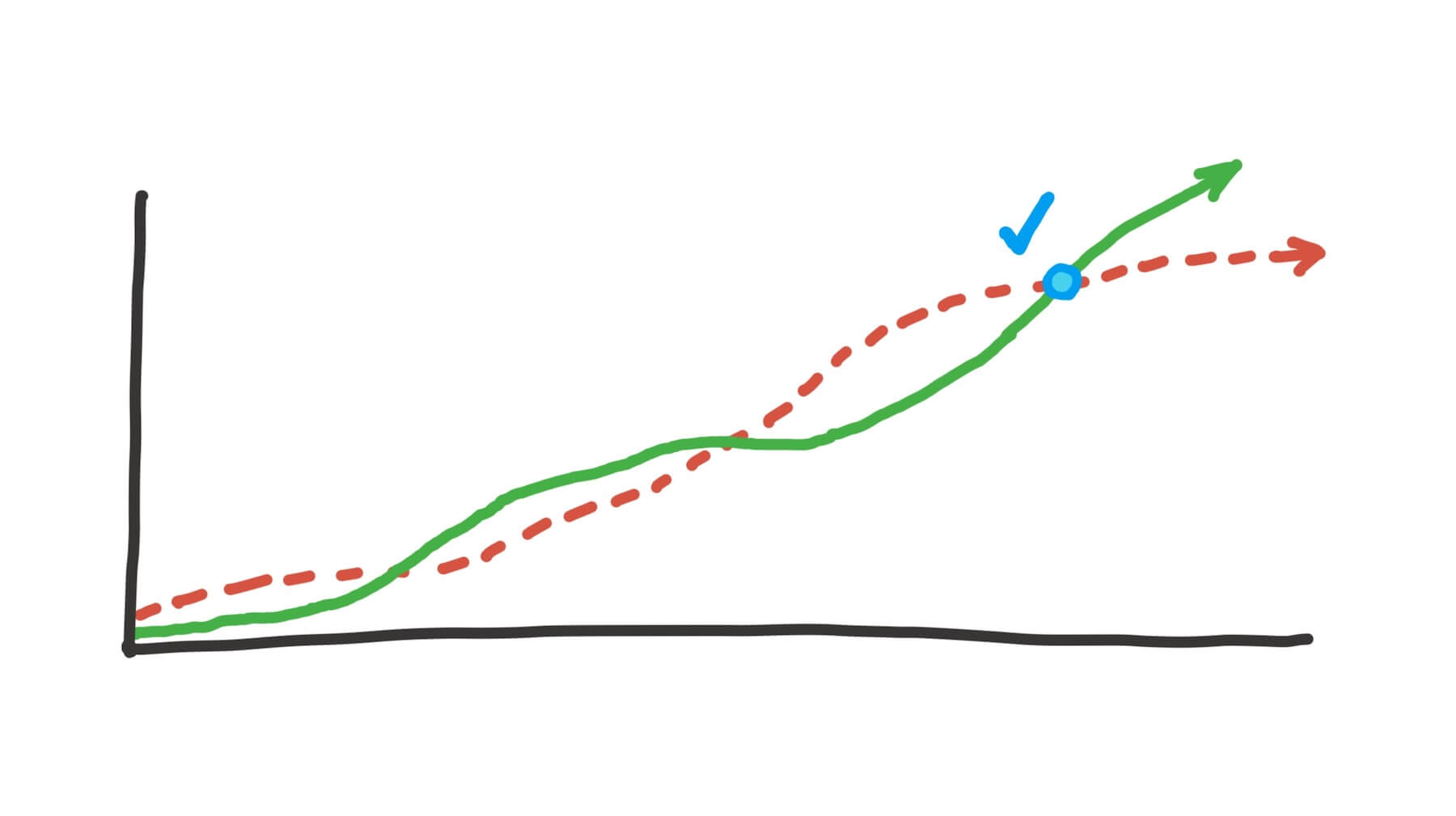Go-to-Market Fit
August 10, 2020 • #I recently watched this Mark Roberge session where he had an interesting way of describing the challenge that follows product-market fit. Tons of startup literature is out there talking about p-m fit. And likewise there’s plenty out there about scaling, leadership, and company-building.

One of the most fascinating stages is in between, what he calls “go-to-market fit.” This is where you’ve found some traction and solved a problem, but haven’t figured out how to do it efficiently. Here’s how you think about the key goals in each phase:
- Product-market fit: customer retention
- If you can attract users but they don’t stick around, you aren’t yet solving a painful problem (assuming you haven’t let pricing and other things get in the way)
- Go-to-market fit: scalable unit economics
- You know you’re there when you can repeatably deliver something valuable scalably and profitably
In each of these cases the real measurement lags your execution, so you need to find a proxy metric that predicts the goal number.
You can find metrics that are predictive signals of retention, but they’ll shift from product to product pretty widely. Things like active sessions, session lengths, sign in frequency, time-in-app, and the like can track with likelihood to stick around, but you’d have to experiment with ways to measure this if you’re in pre-product-market fit territory.
To predict go-to-market fit, you should know what a set of scalable and profitable metrics look like for your business. If you set down your target unit economics, like the LTV:CAC ratio (Mark uses the industry-common 3:1 as an example), you can work backwards to daily behaviors you can orient your team on to see how sustainable your pricing, packaging, and positioning are. It might take some experimentation given the acceptable goals would vary by company, but what you want to do is pick things you can measure quickly, like driving all the way down to leads per day, so you can adapt and change your tactics to zero in on what works. Waiting around for longer “actuals” to come back from accounting on your revenue means you can’t change quickly enough to sustain unprofitable models long enough to figure it out.
We often think a lot about product-market fit stage being the fast and loose experimental phase of a startup, but what Mark makes clear here is experimentation doesn’t stop — it merely shifts from product and customer success to sales and marketing. Though the tighter all these areas work together to experiment, the better the results.